I’ve had my Leica iiia for a long time now, and though I didn’t use it for about 4 1/2 years, I hadn’t been able to rationalise selling it. At least, that was the case until a couple of weeks ago when I bought a third Leica Barnack camera. In a moment of almost entirely planned GAS, I bought a Leica ic, a camera that I’ve convinced myself I will get more use out of. As such, I’ve decided the iiia is for the chop, but – just like the Minolta 28mm f/3.5 G-Rokkor I wrote about a week or so ago – I couldn’t let it go without saying a little goodbye.
Unlike the G-Rokkor though, I have written about this little Leica before. In fact, it was the Leica iiia that made me realise that I wanted this website to be about more than the point & shoot cameras it was themed around when I first set it up. You can read about how and why I came to that conclusion in full here. The short version is that I realised that the original design ethos of these early 35mm cameras closely matched my shooting ideals. That is to say, I liked shooting small lightweight cameras, and small and lightweight were the design goals of Oskar Barnack, their inventor. Duly, I opened the doors to rangefinders, then eventually, of course, all sorts of other types of cameras. But as I say, it was the iiia that originally opened those floodgates.
It also inspired me to write a post called “7 reasons you should own a Thread Mount Leica”. I stick by the content of that post too, as whilst I don’t really like telling people what to think or do – and very rarely write content like that – there is little out there that will best a Leica Barnack camera for enjoyment of the some of the core basics of photography, at least in my opinion. These cameras really are an absolute pleasure to shoot for me – especially when they are as well fettled as my particular Leica iiia is.
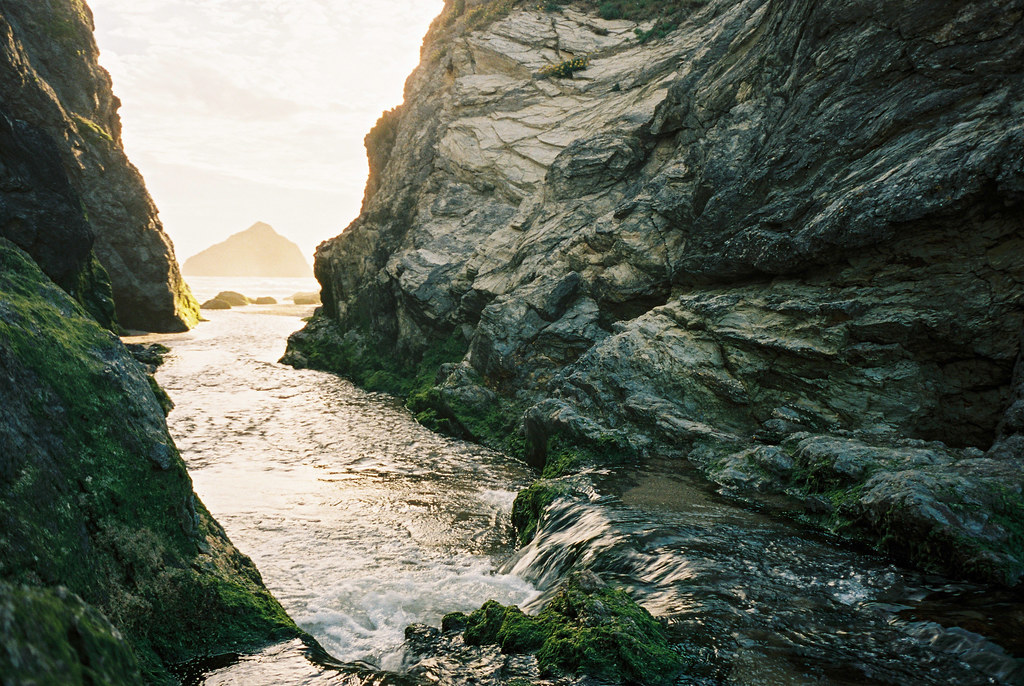
Despite all this, as I say, I’ve not used this iiia very much at all. The fact is, I just prefer the simplicity of the lesser-featured Barnack Leicas. I talked a bit about this in my Leica Standard review. The place I’m in mentally when I pick up one of these cameras over one of my m-mount cameras – or any other camera for that matter – is one of not wanting or needing any of the bells and whistles. If I want to shoot something with a rangefinder, I’ll pick up a bigger more modern rangefinder camera with a rangefinder patch in the viewfinder over and above a camera like the iiia that has the secondary rangefinder window.
It’s not even that I don’t get on with shooting with a secondary rangefinder window, it’s just that I find myself slightly preferring the experience of using these cameras by zone focusing. The cumulative experience of shooting the iiia and Standard has completely proven this to me too. I just don’t see them as an option when I’m in the mind for shooting a rangefinder camera, so why own one with a rangefinder at all…? You can see how I’ve worked out this particular bit of GAS for a ic for myself I’m sure?!
Of course, I’m just me. Many people love using these old rangefinders as rangefinder cameras. They have a lot going for them when used as such too. They’re tiny for a start, smaller than m-mount cameras for certain – especially with a 50mm collapsible Elmar on the front. The rangefinder on them also has the potential to be really very accurate. They might have a short rangefinder baselength, but they make up for it with the rangefinder being high magnification. If you can get used to the fact that when you look through the little rangefinder pretty much all you see is the overlapping images, you’ll likely quite quickly become accustomed to easily finding focus.
The viewfinder in my Leica iiia is also fairly pleasant to use. It’s bright, though it’s really quite small, and is somewhat limited by the fact that it’s only designed to be used with 50mm lenses. Since I mostly shoot these cameras with a 28mm Voigtlander lens, even the viewfinder seems a little superfluous to my needs – this is one of the reasons I decided I wanted a ic over and above my earlier Standard with its 50mm finder. Again, for the way I want to use these cameras, the less-features the better.

Of course, these cameras are fairly ancient now. The Leica iiia was introduced in 1935. Buying anything that’s 85 years old brings certain risks. When I got mine for example, the viewfinder was a bit hazy, the rangefinder almost invisible and the shutter was flapping around inside of the camera. I sent it to a chap called Phil (who I believe is now retired) to be serviced. He worked his magic and returned it to what felt like near-new condition for me. The viewfinder was clear, the rangefinder re-silvered, and mechanically speaking it just felt perfect, and it still does!
Since then, whenever I’ve picked up the iiia I’ve felt it hard to believe just how old it is. Though, as I also talked about in my Standard review, these cameras do belie their age by the merit of accepting 135 film cassettes and modern thread mount lenses such as my also-prized Voigtlander.
One final outing
So anyway, once I’d decided it was for the chop there was no turning back, but I couldn’t not use the iiia one more time before it went. I’d pulled it to the front of my camera cabinet, but hadn’t really decided what I wanted to shoot with it. That was until one Saturday recently – for my wife’s birthday in fact – that we decided to go to Dudley Zoo with the kids.
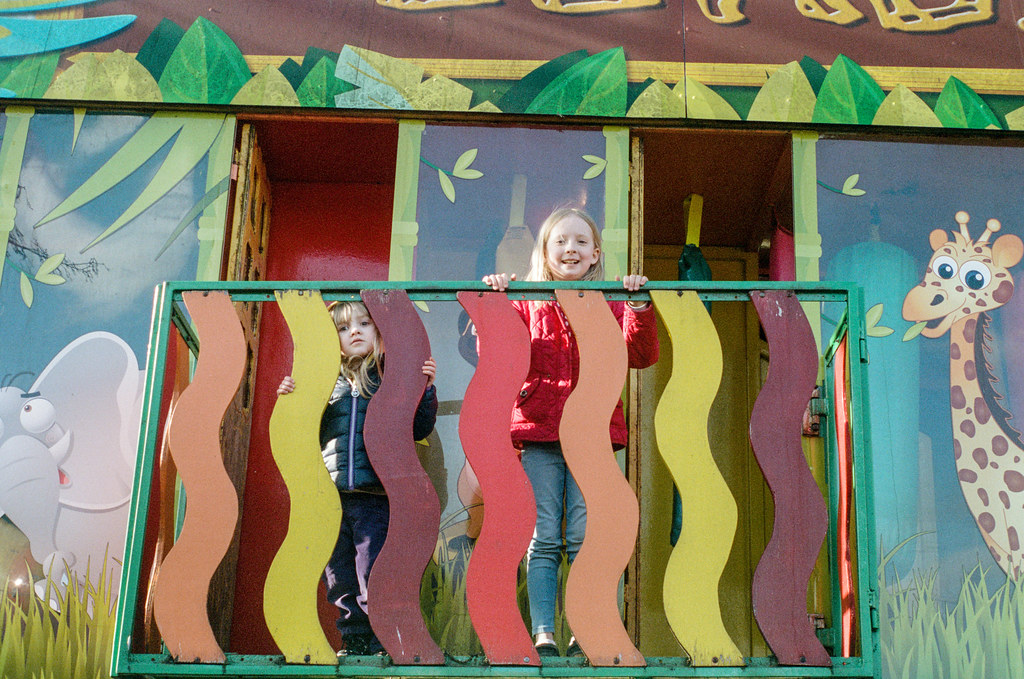
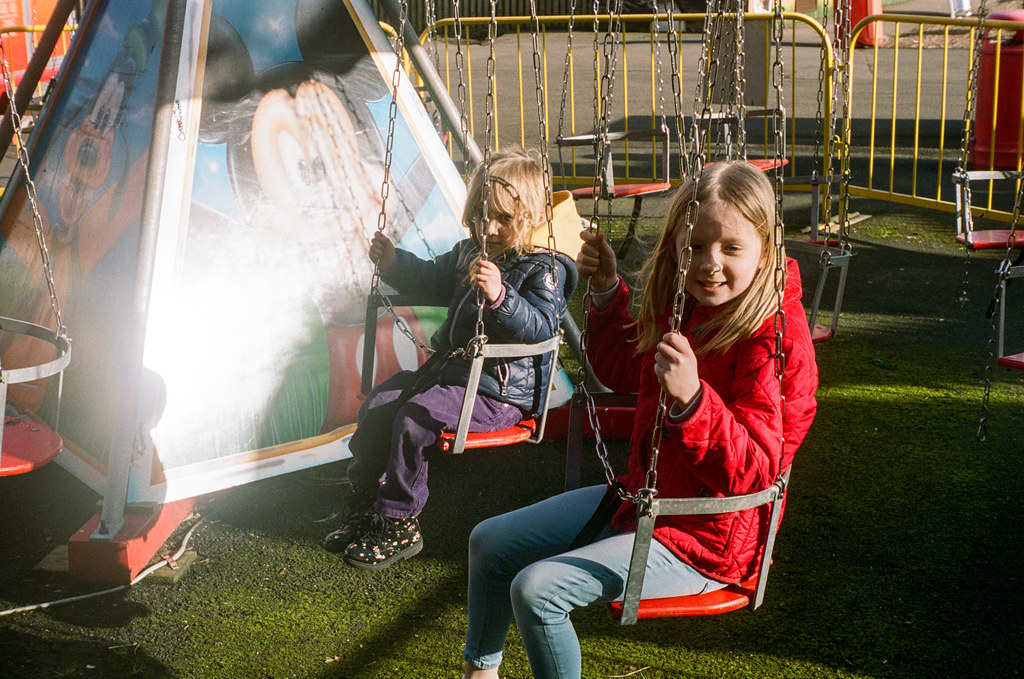
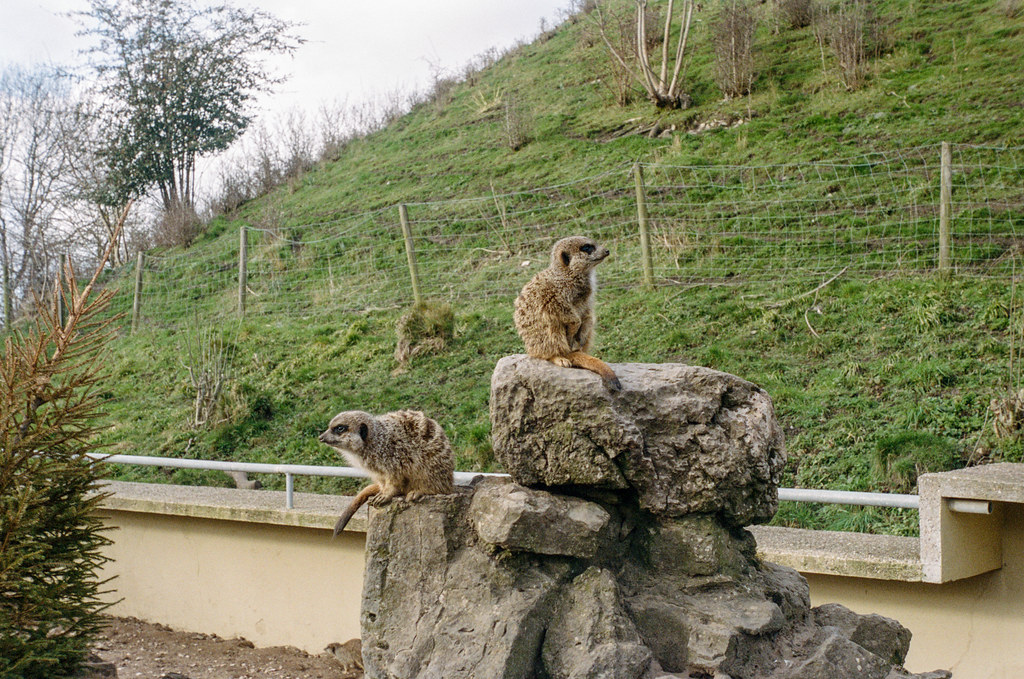
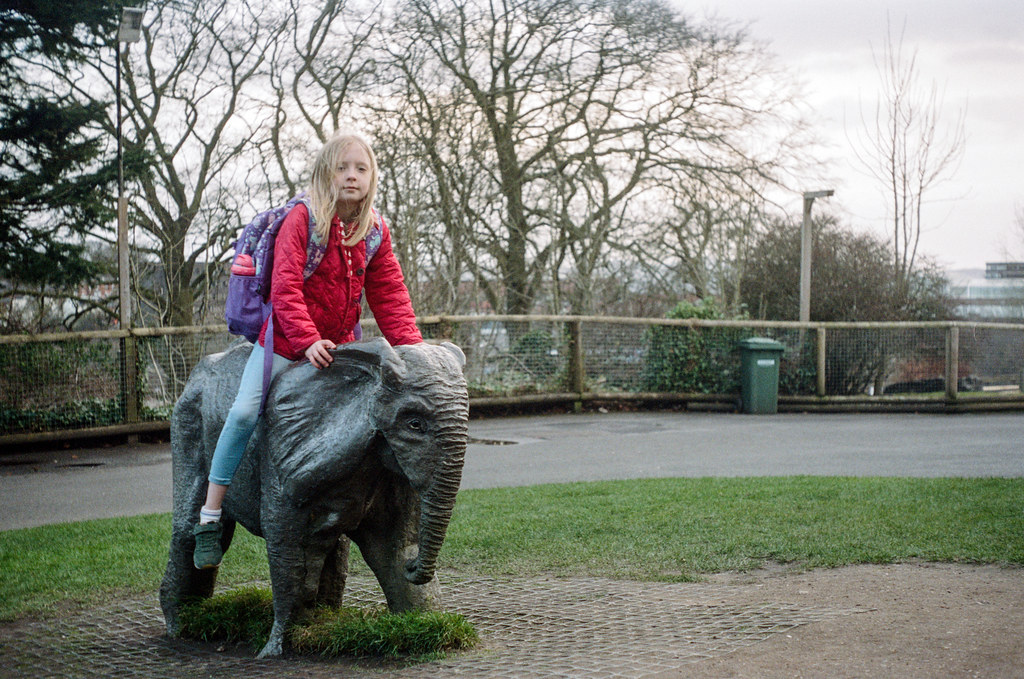
Dudley Zoo it quite an unusual place. I’d not been before but have wanted to go for ages, and not solely for the animals – the architecture there is as big of a draw to me. Dudley Zoo is built into the grounds of a castle.
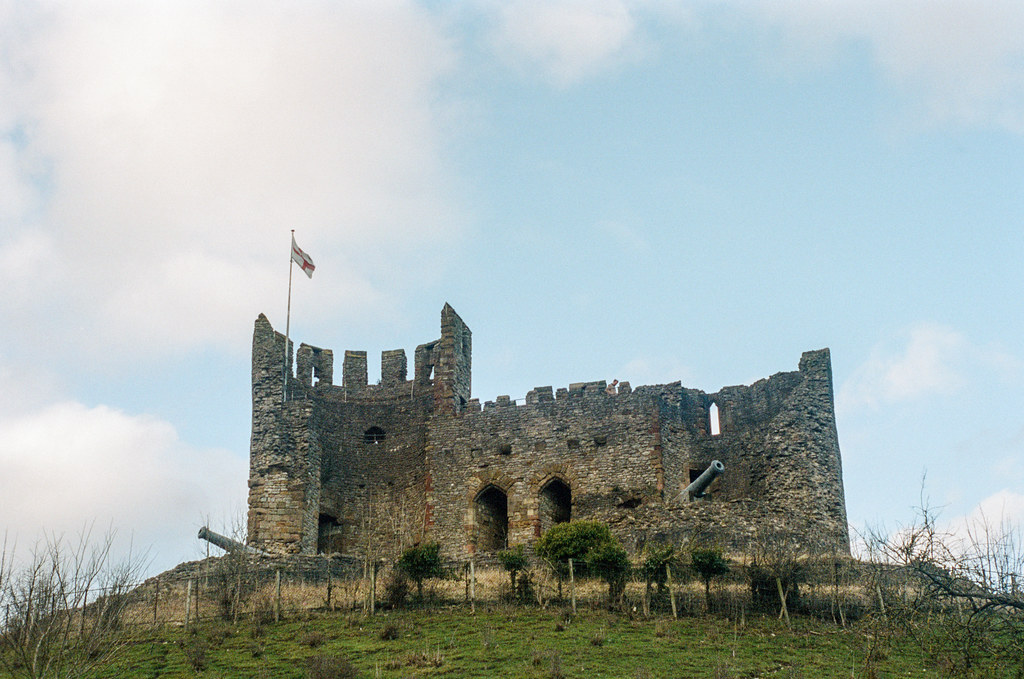
I like castles, so that alone is interesting enough. What makes it even more interesting is that the Zoo itself was designed and built in the 1930s. The animal enclosure and a few of the other buildings that surround the castle – though now a little worse for wear – also represent the largest collection of Tecton buildings in the world. In fact, they are considered of such architectural importance that they are all listed and have as a collection been given world monument status.
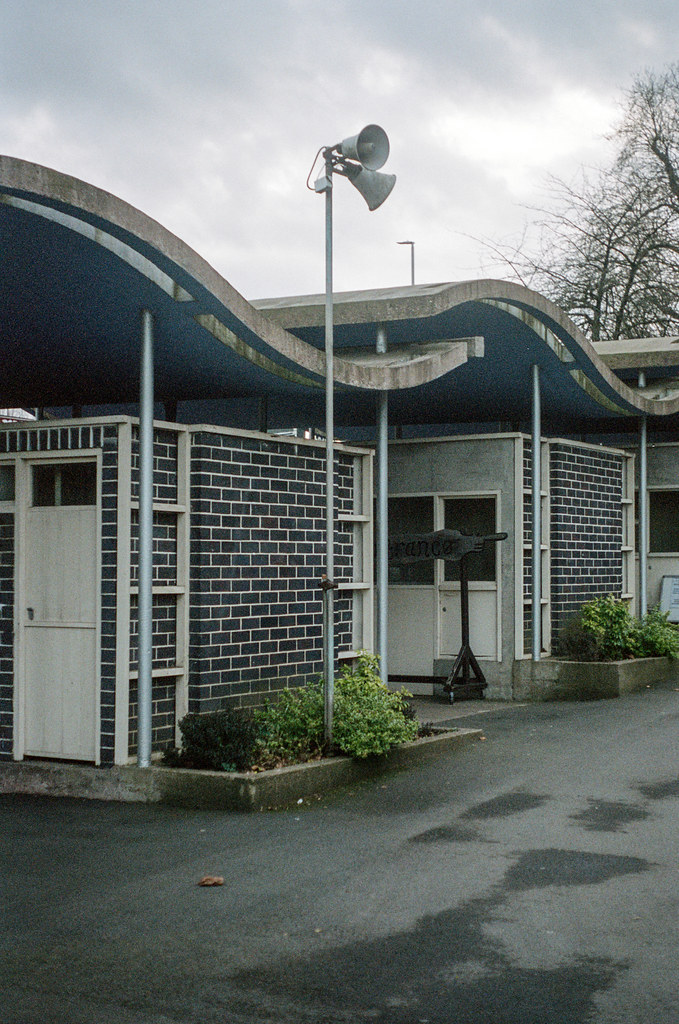
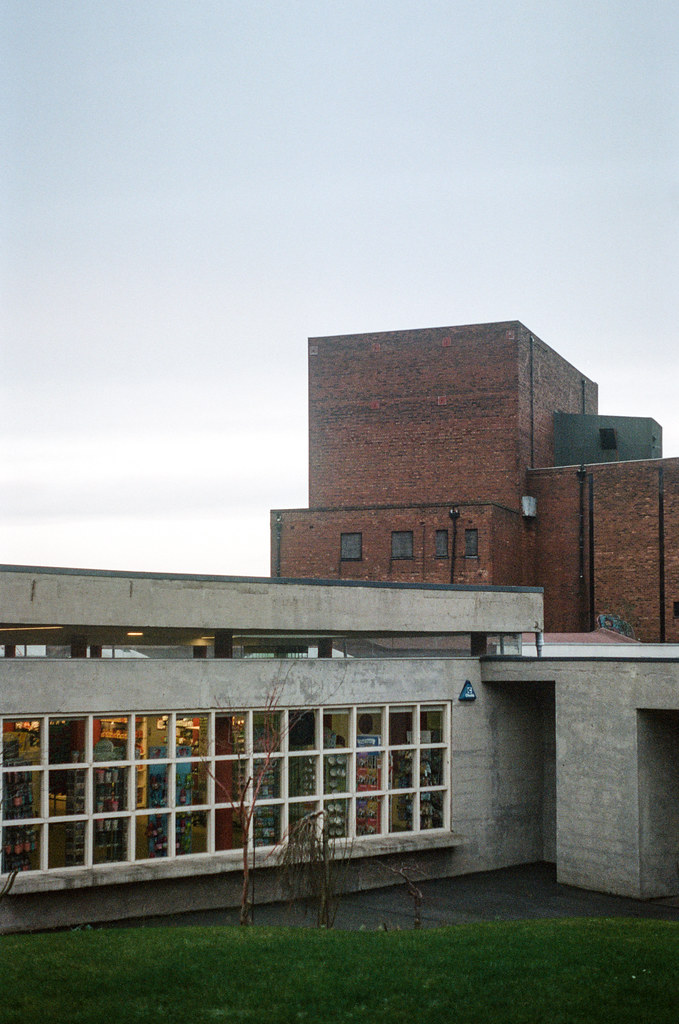
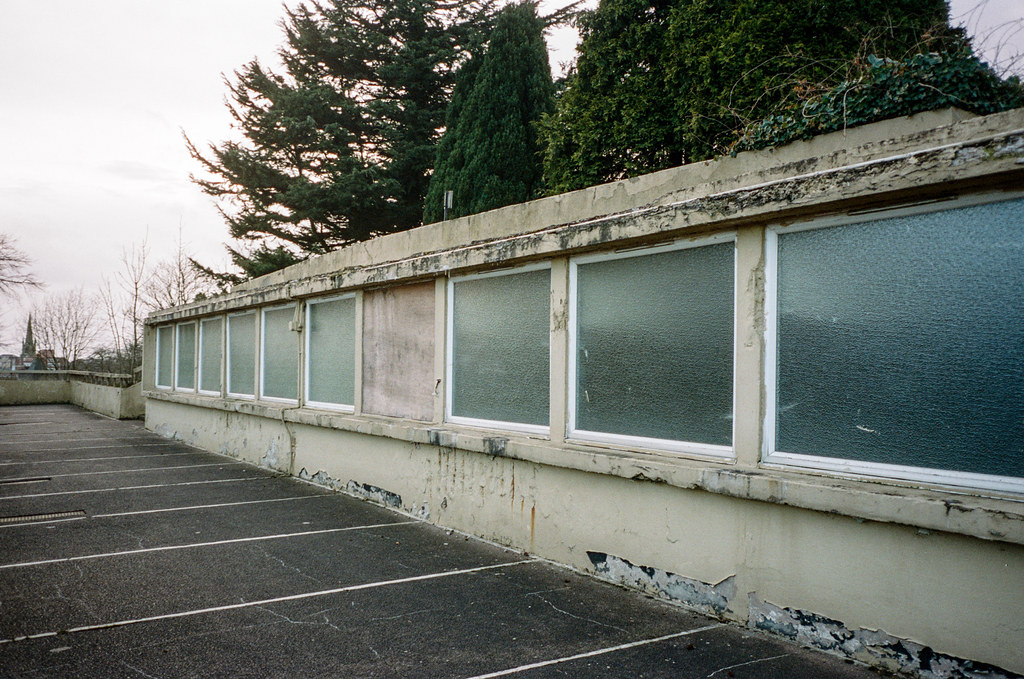
I love this sort of architecture – there’s something really beautiful about it I think, even in the slightly dilapidated state it’s in at Dudley Zoo. Walking around the place, you just get a sense of how exciting a modern it must have felt 80-something years ago.
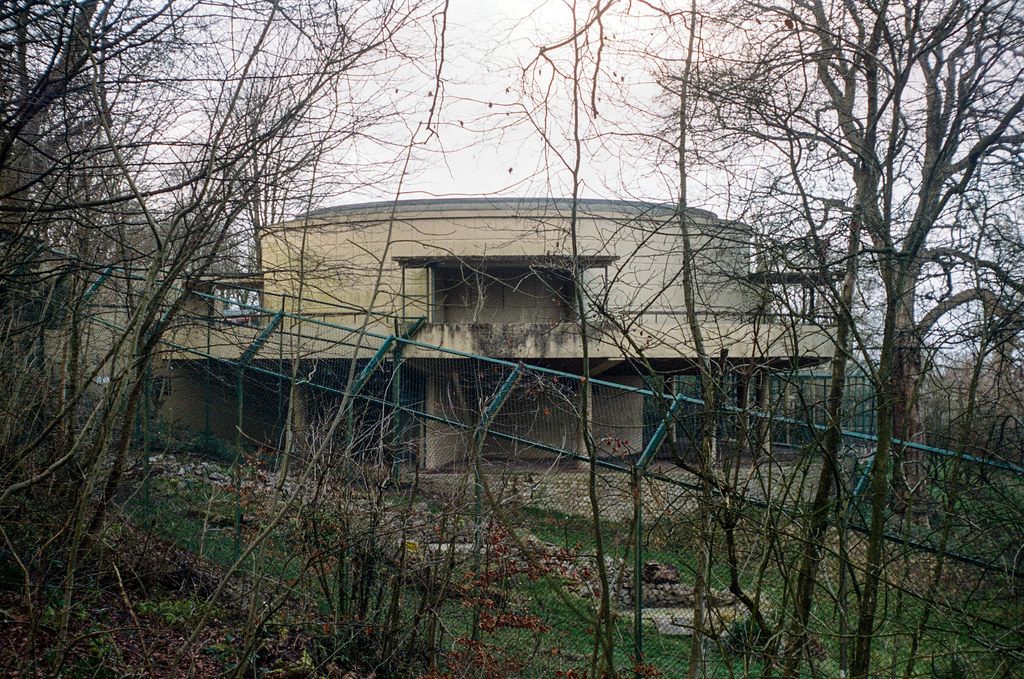
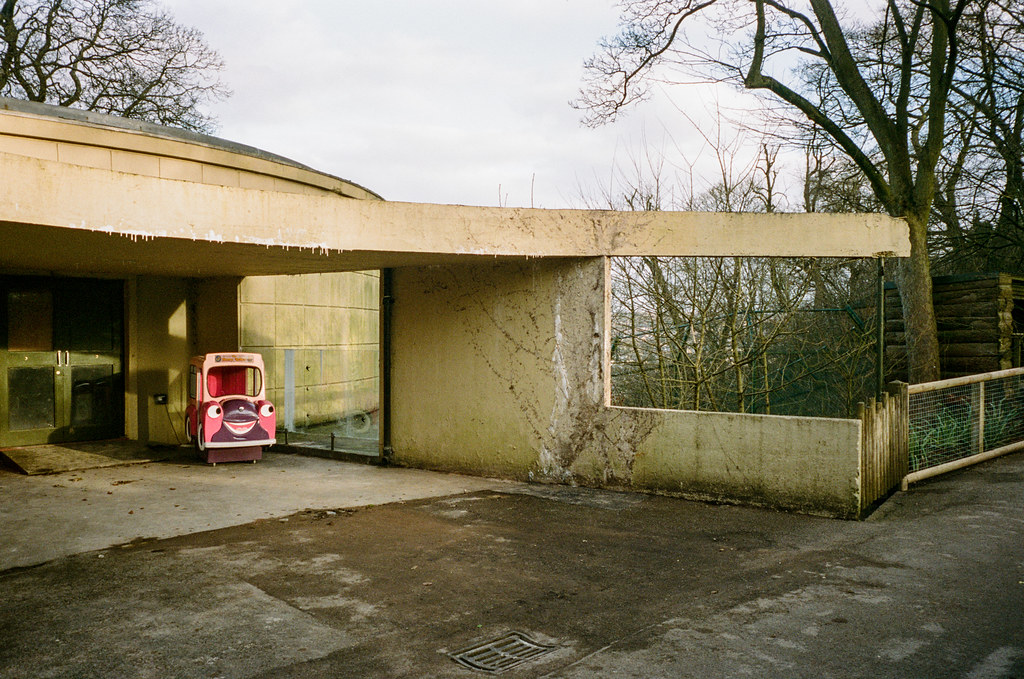
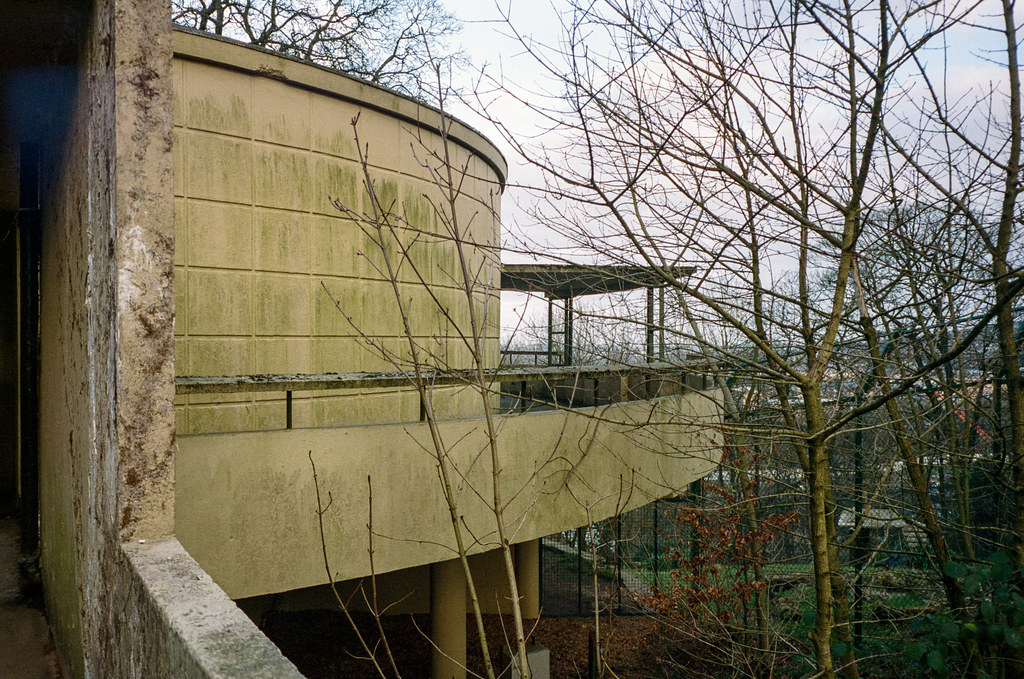
Maybe it’s just me, but it also feels like there’s something poignant in the fact that this place is the way it is. Our attitude toward Zoos has changed so much since its hay day. I don’t suppose Zoos are as popular as they used to be now, people’s attitude toward keeping animals in captivity has changed. I feel like Zoos were once more about entertainment, but that facade has literally crumbled away. What’s left are organisations who feel to me as though their identity is a little bit in crisis. They now seem to be more responsible for keeping dying populations of animals from total extinction. The slightly dilapidated nature of the place just feels like a slightly sad reflection of all that. As I say, maybe that’s just me – but that’s certainly how I felt walking around Dudley Zoo, and it’s a feeling that – despite having a really nice day out with the family – I wanted to reflect in the pictures I took.
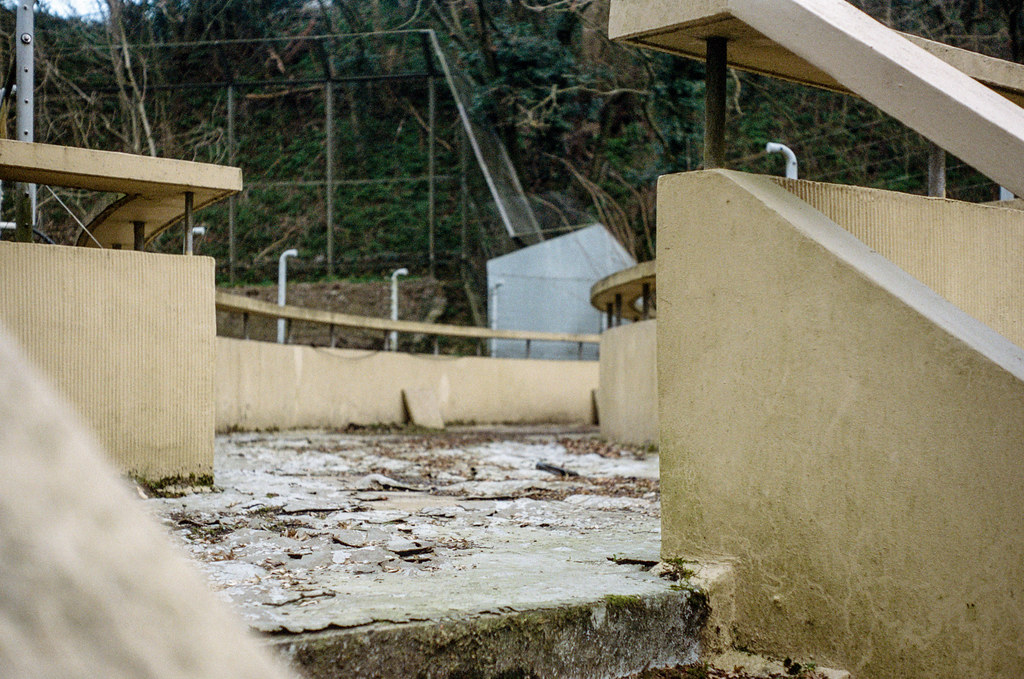
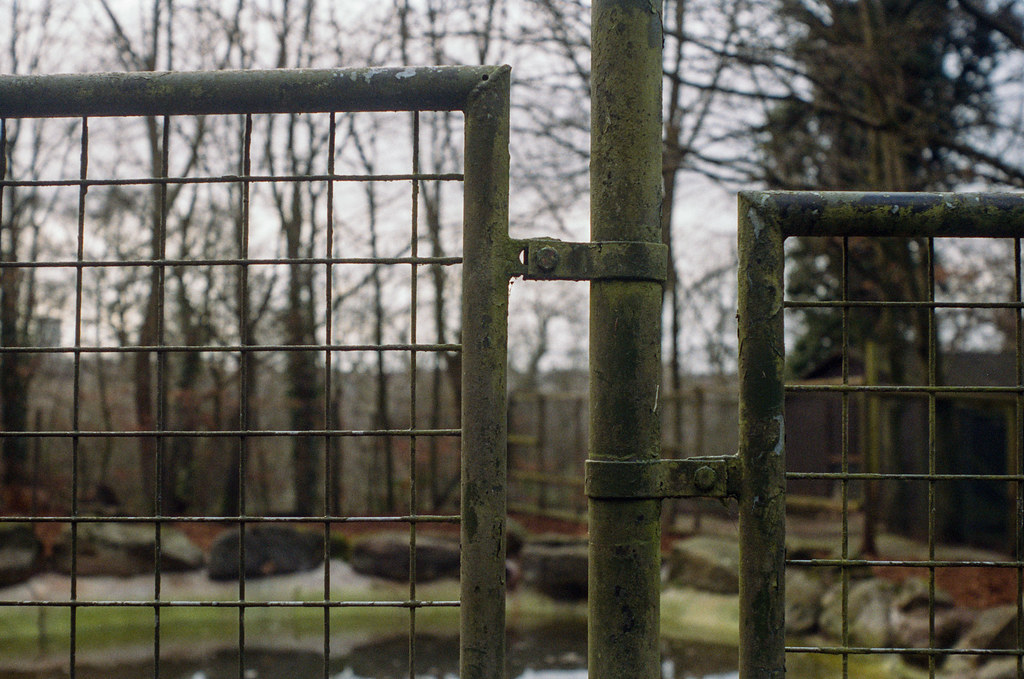
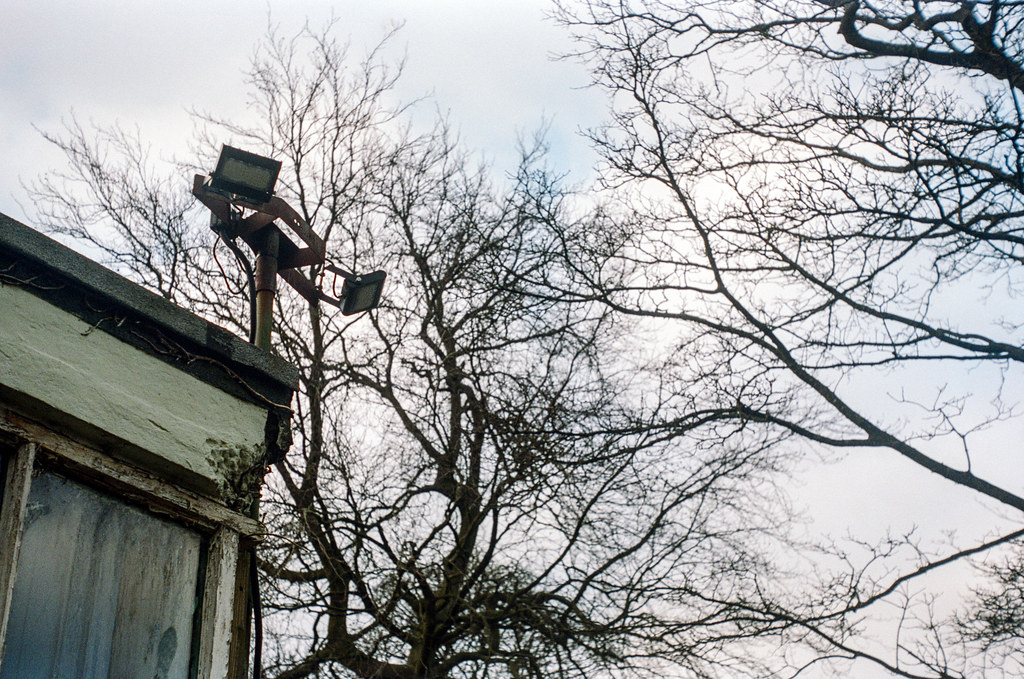
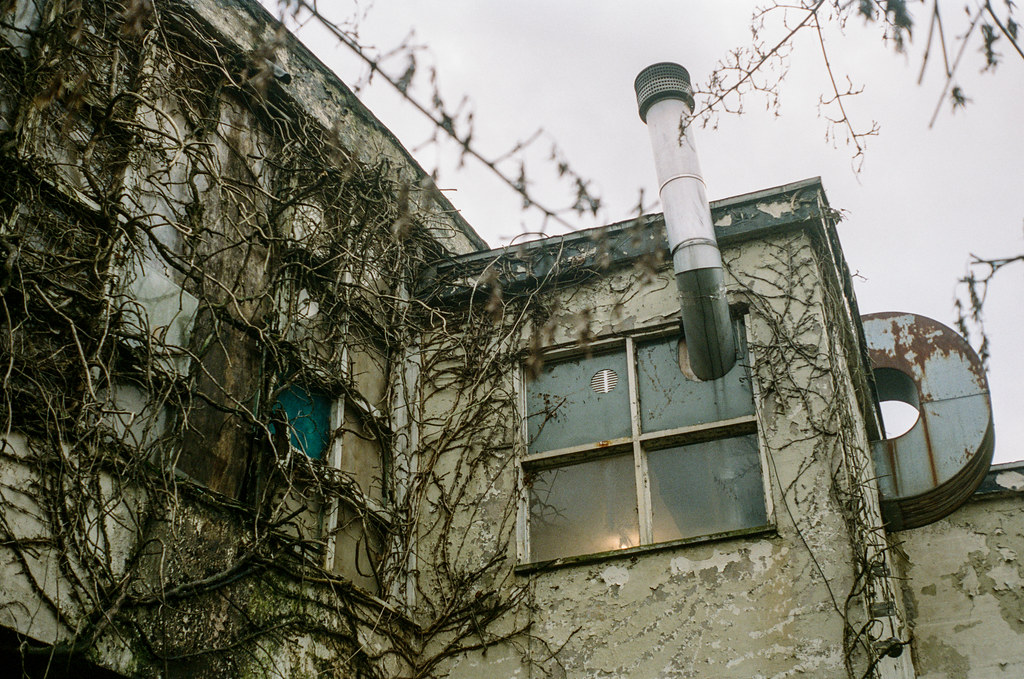
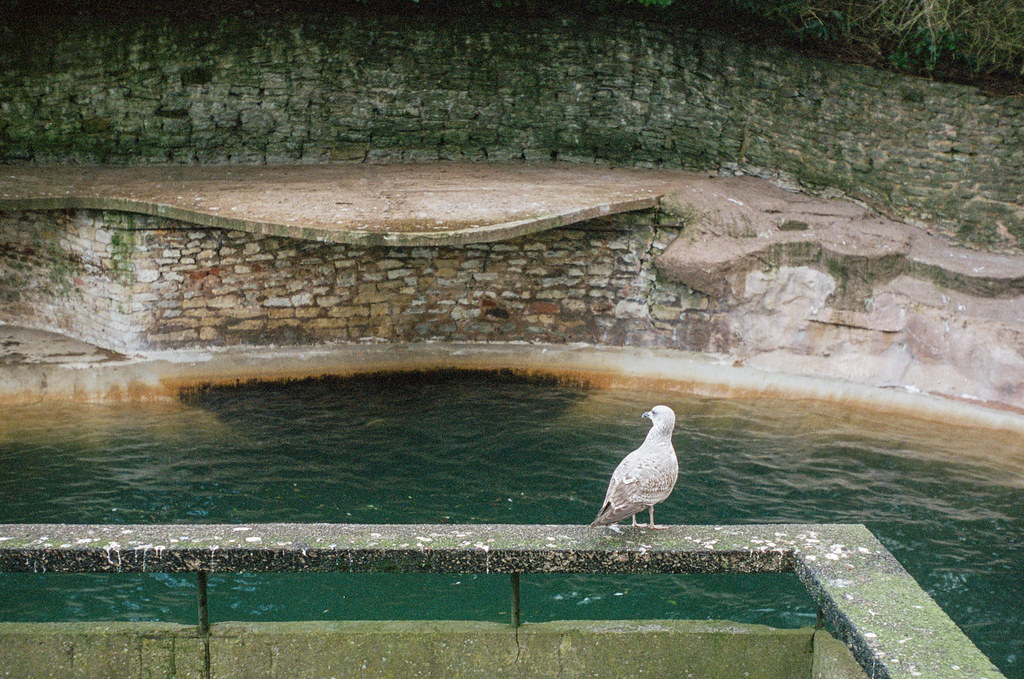
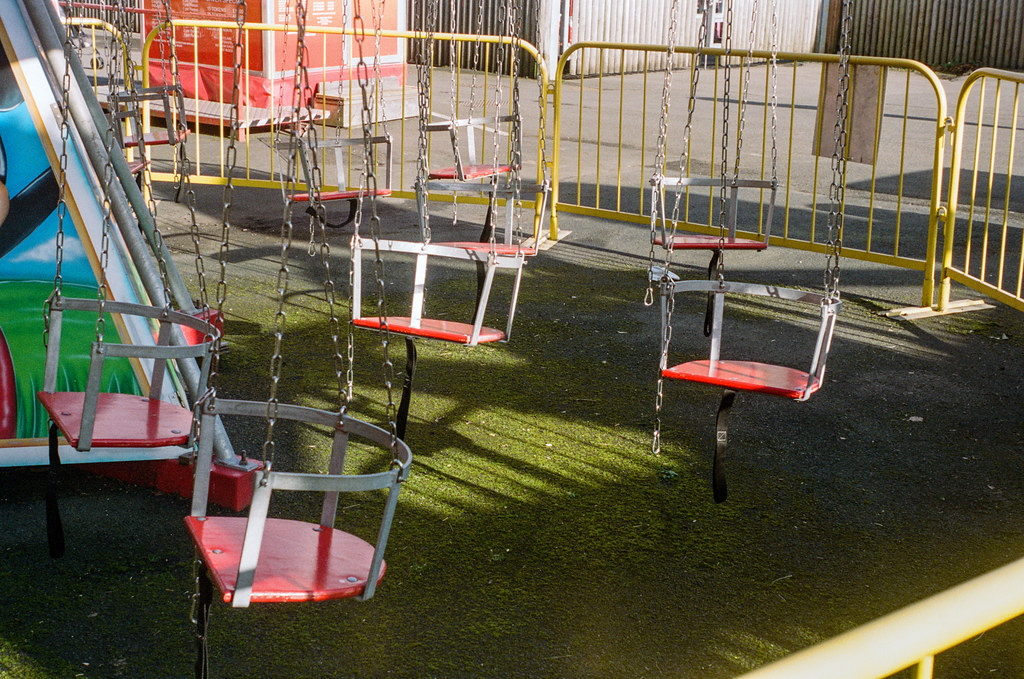
The slightly melancholic feeling I got from the place out of the way, it also seemed fitting that I should shoot my last roll in my Leica iiia there. This is a camera brought that was brought to market in 1935 just two years before the Zoo was opened to the public. As I walked around the zoo with my family, I couldn’t help wondering how many other people had shot a Leica iiia there before me. A few, I bet…
As an aside, since writing this, I was talking to my biological father, a chap called Graham Ward – turns out, his middle name is Dudley. This is a middle name that given to him, his father, his father’s father etc. all the way down the family line. The reason being, he’s a descendant of the Warm family that owned Dudley Castle. So it seems I am too…
Share this post:
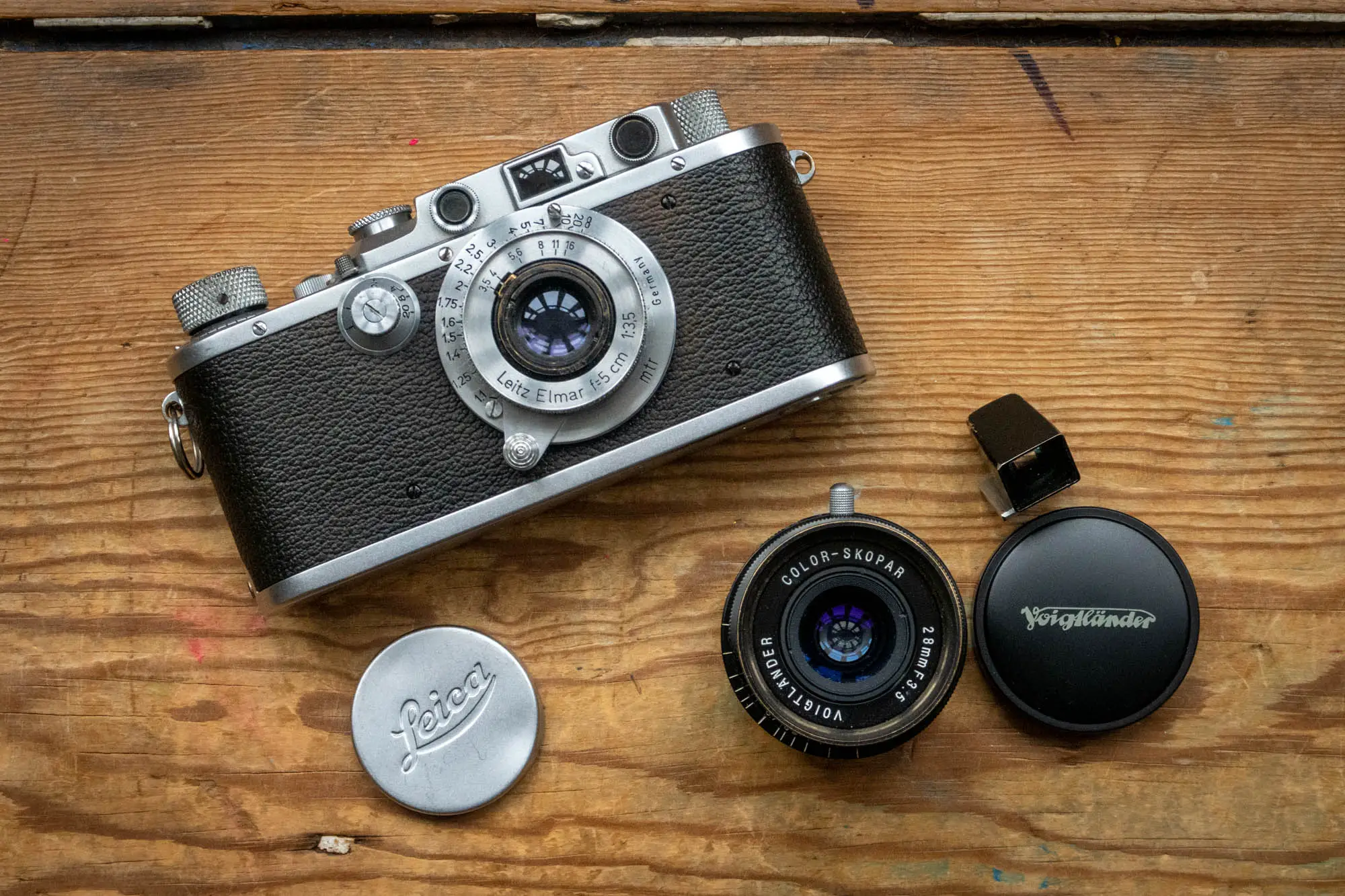








Comments
Dave Donnelly on Leica IIIa Review – My Final Roll with an Underused but Long-Prized Camera
Comment posted: 09/03/2020
Comment posted: 09/03/2020
Nigel Haycock on Leica IIIa Review – My Final Roll with an Underused but Long-Prized Camera
Comment posted: 10/03/2020
Nice set Hamish, I agree with you the slightly crumbling architecture has a lot to say about the state of zoos especially regional one's like this one; the melancholy mood is fitting.
They sure are nice pictures; I particularly like the one with the bright happy ride-on machine with the drab walls and crumbling render around it.
Maybe one day I will assimilate and become a Leica user but for now my budget is restricted and I'm not ready to sell all I have to buy one - Voigtländer will remain my preferred brand :)
Comment posted: 10/03/2020
Terry B on Leica IIIa Review – My Final Roll with an Underused but Long-Prized Camera
Comment posted: 10/03/2020
If you've not yet purchased any auxiliary viewfinders for yours you could be in for a very pleasant surprise indeed, but you need the original Leitz models, not cheap but well worth the outlay. I got the 50mm and 90mm versions. The surprise is the huge view that the 50mm gives, and with no rangefinder spot the crystal clarity is breathtaking leaving you to fully concentrate on the subject. The 90mm will also come as a big surprise to those used to the framing in an M viewfinder, although this focal length will, naturally, be trickier to focus by scale.
Looking forward to your first post with this camera.
Comment posted: 10/03/2020
Richard Moore on Leica IIIa Review – My Final Roll with an Underused but Long-Prized Camera
Comment posted: 01/05/2021